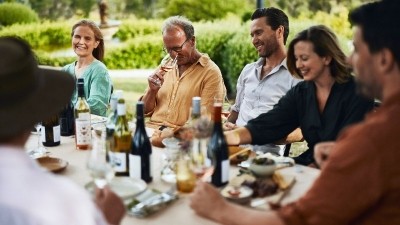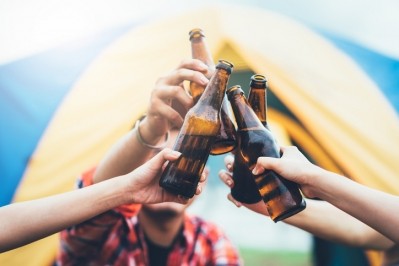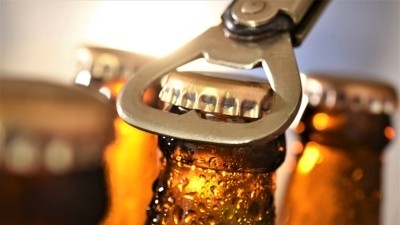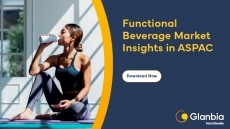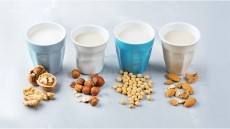No Sour Grapes: Aussie team’s new technique has 100% success rate in determining wine’s origin
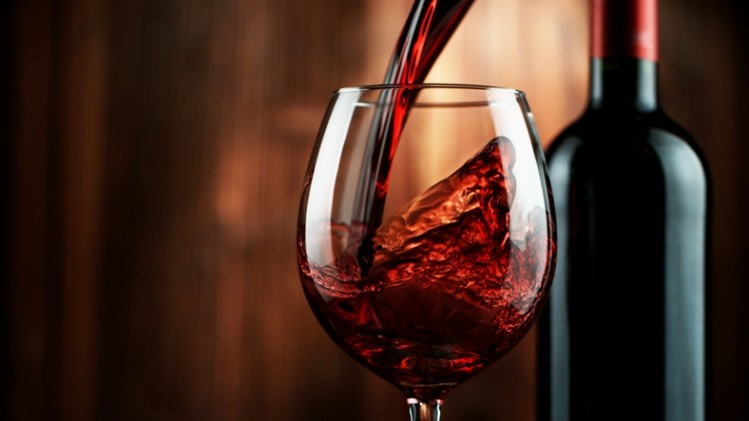
Rudy Kurniawan was deported from the United States to Jakarta last week after spending seven years in prison after prosecutors said he made millions of dollars from 2004 to 2012 by putting less-expensive Napa and Burgundy wines into counterfeit bottles at his home in Los Angeles.
The scheme was recounted in the 2016 Netflix documentary Sour Grapes. In all, Kurniawan may have sold as many as 12,000 bottles of counterfeit wine, many of which may still remain in collections. He was ordered to pay US$37 million in restitution to seven victims and to forfeit US$26 million in property.
In Adelaide, researchers have developed a means to authenticate wine that could put an end to the billion-dollars trade in counterfeit bottles and stop budding Kurniawans in their tracks.
The scientists say they have been able to identify the geographical origins of wines originating from three regions of Australia and Bordeaux with complete accuracy through the technique of molecular fingerprinting using a type of spectroscopy that analyses the fluorescence of molecules.
“Wine fraud is a significant problem for the global wine industry, and has a yearly economic impact within Australia estimated at several hundred million dollars,” said Ruchira Ranaweera, who is part of the Adelaide University team.
“Wine authentication can help to avoid any uncertainty around wine labelling according to origin, variety or vintage. The application of a relatively simple technique like this could be adapted for use in the supply chain as a robust method for authentication or detection of adulterated wines.”
The researchers compared an existing approach for authentication, which involves measuring elements in wine samples using an older technique with the simpler, faster and more cost-effective fluorescence spectroscopy technique.
“This method provides a ‘fingerprint’ of the samples according to the presence of fluorophoric or light-emitting compounds,” said Ranaweera. “When used in combination with a robust data analysis using a particular machine learning algorithm, it is proving to be a powerful technique for authentication.”
In every wine they tested using the novel combination of fluorescence spectroscopy with machine learning data analysis, the team were able to correctly allocate the wine to its region, in contrast to being unable to do so using the older inductively coupled plasma-mass spectrometry technique.
There are other useful applications of this technology for the wine industry that are available now or in the pipeline, such as phenolic and wine colour analysis and smoke taint detection.
They hope ultimately to identify specific chemical markers that help discriminate between wine regions.
“Other than coming up with a robust method for authenticity testing, we are hoping to use the chemical information obtained from fluorescence data to identify the molecules that are differentiating the wines from the different regions,” said David Jeffery, who led the study.
“This may help with regional branding, by understanding how wines’ characteristics are influenced by the region and how they differ from other regions.”
